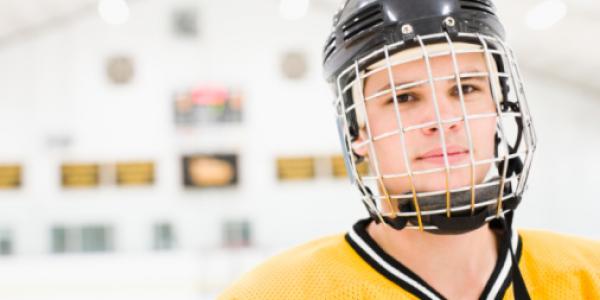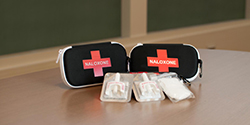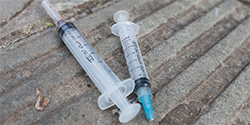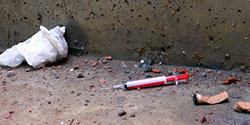
When we think 'harm reduction' we think illicit drugs. How can we not? Every news story, blog post, podcast or pamphlet that mentions harm reduction links it to illicit drugs. But what if I told you harm reduction is actually much more? That in fact harm reduction is a tool for critical thinking. That it is a way of looking at virtually any problem with a goal of coming up with a solution that produces the best achievable outcome with the least possible harm. Let me give you an example:
Bob has decided to play hockey (keepin’ it Canadian). He wants to get in shape and figures hockey is not only good exercise but fun so he is motivated to do it. However, there are risks with any sport and hockey even more so. Bob wears a helmet to protect his head with a full cage to protect his face, shin guards and thick gloves and then hits the ice. Can Bob go to sleep at night comforted by the thought that he will never be injured playing hockey? No, but what Bob has done is found a way to get the benefits of hockey while reducing the potential harm.
I know this seems like a pretty obvious example, and it is. It is an example of the type of harm reduction we practice every day. Everything from oven mitts to seatbelts to hunter orange are all examples of harm reduction in practice. When you look at different problems you face or decisions you make from day to day you might be surprised how often harm reduction is a part of that process.
Harm reduction is so broadly practiced and such an integral part of our routine we don’t even think about the fact that we practice it.
But what if we did?
What if we stopped every once and a while and thought, “How can I incorporate harm reduction into this situation?” What it can do is take a problem that seems insurmountable and make it manageable.
I couldn’t write this without mentioning drug use of course. I have worked as an outreach worker for Superior Points for 20 years but started with Superior Points as a volunteer. I was working in a homeless shelter when Superior Points started in 1995 and they were looking for volunteers. When it was explained to me exactly what they did and why, it struck me as a very practical solution to the spread of HIV which was the main concern at the time. I knew that handing out free syringes wasn’t going to stop people from using drugs, but it would help keep people safe and reduce the spread of HIV in my community.
I come from a long line of miners that have mined everything from coal to gold. My own work experience has been everything from construction to picking ginseng berries. What lessons have been passed on to me and what I have learned myself is that simple practical solutions now can save you a lot of trouble down the road. Even though I had not even heard the expression “harm reduction” when I was working construction, I assure you I was practicing it.
So the next time someone asks if you support harm reduction you can honestly say that you practice it, and be confident that they do too. Also when thinking about harm reduction and broader social policy, keep in mind that although harm reduction may not be the perfect solution, it is a practical tool to help us along the way.
| RECOMMENDED FOR YOU | ||

|

|

|